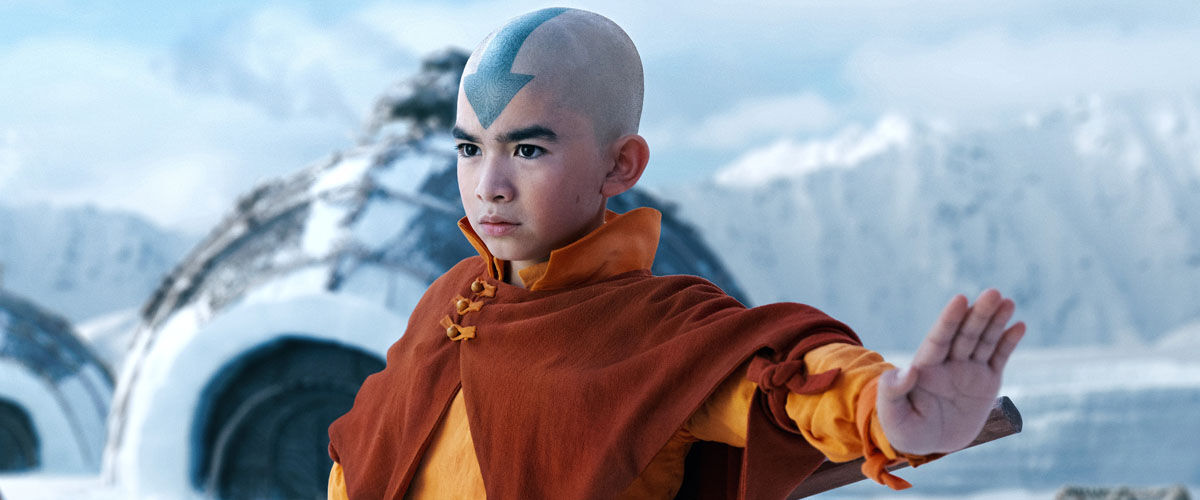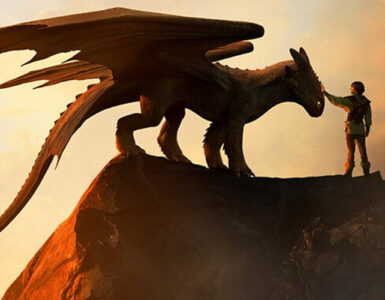This review is based on the first seven episodes of Avatar: The Last Airbender.
Water, earth, fire, air, and a legacy – these are the elements that any Avatar: The Last Airbender adaptation will have to balance, especially after the disastrous first attempt. Weaving well-worn elements into an intricate narrative tapestry, the animated series by Michael Dante DiMartino and Bryan Konietzko raised the bar for storytelling and thematic exploration, becoming a trailblazer in the genre with a fresh blend of Asian, indigenous, and minority influence.
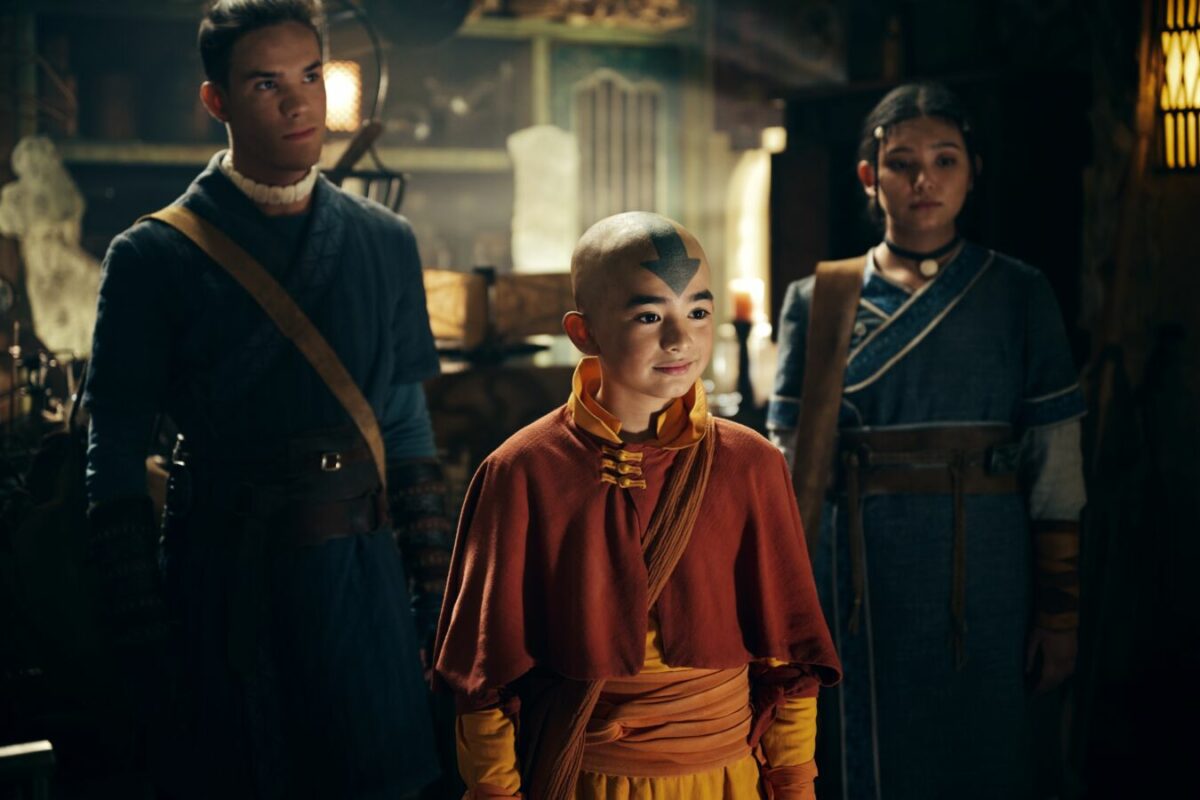
More than 19 years on, its popularity and scale has only grown stronger. The extended universe now includes the Legend of Korra sequel series, an ongoing comics range, a prequel novel series, and the lesser-talked-about-the-better notorious 2010 live-action film, with more projects lined up for the near future. Nostalgia, however, is a powerful tool, and amidst this new wave of content are pockets of opportunities to revisit the past.
Netflix threw down the gauntlet, and they may not be all the better for it. The streamer’s live-action adaptation of the three-season classic, helmed by Albert Kim (Nikita, Sleepy Hollow) brims with sincerity and zeal, but fails to nail the nuanced charm of the original, try as it might. It’s not terrible, only that it straddles this awkward line between what it could have been, and what it is.

The expectations of longtime fans, rightfully protective of the franchise, will prove to be the show’s greatest threat. At one point, Aang says in the show, “I’m supposed to be the Avatar, and everyone is counting on me, except I don’t know what I’m doing,” paints an apt parallel to this take, as a lack of direction permeates this eight-episode journey.
Taking after its animated counterpart, Avatar: The Last Airbender portrays a world divided into four nations: the Fire Nation, the Water Tribe, the Earth Kingdom, and the Air Nomads, which are based on the four elements. In each of them, there are gifted individuals called benders, who can manipulate their corresponding elements.
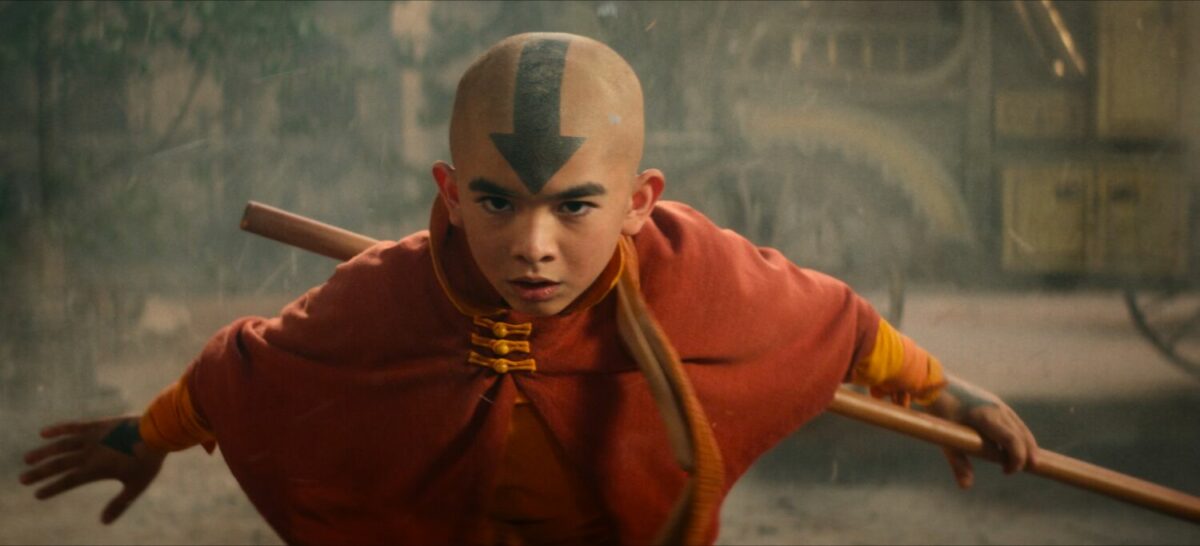
The titular Avatar, as the only one capable of bending and mastering all four elements, has to uphold their duty to restore peace and balance to the world, with the mantle passed down through a reincarnation cycle. The current Avatar is 12-year-old Aang (Gordon Cormier), who must save the world by defeating Fire Lord Ozai (Daniel Dae Kim) and end the destructive war with the Fire Nation.
To that end, the live-action series inherits a couple of familiar beats from the original. A frozen Aang is discovered by Katara (Kiawentiio) and Sokka (Ian Ousley), and Zuko (Dallas Liu) still remains a banished prince of the Fire Nation tasked with finding the Avatar. Beloved faces, from fan favourites to side characters also grace the small screen, including Zuko’s uncle Iroh (Paul Sun-Hyung Lee), Kyoshi warrior Suki (Maria Zhang), Azula (Elizabeth Yu), Jet (Sebastian Amoruso), and King Bumi (Utkarash Ambudkar). Oh, and who can forget the Cabbage Man (James Sie)?
For the most part, though, there’s a lot of creative liberty at play, such as plot and arc reshuffling, content removal (and addition), and new rules set within the universe. The most glaring difference is the absence of Toph, who stands in as Aang’s earthbender master and a core member of the Gaang, a portmanteau of ‘Aang’ and ‘gang’, in the animated show, leading to flatter dynamics between the team members.
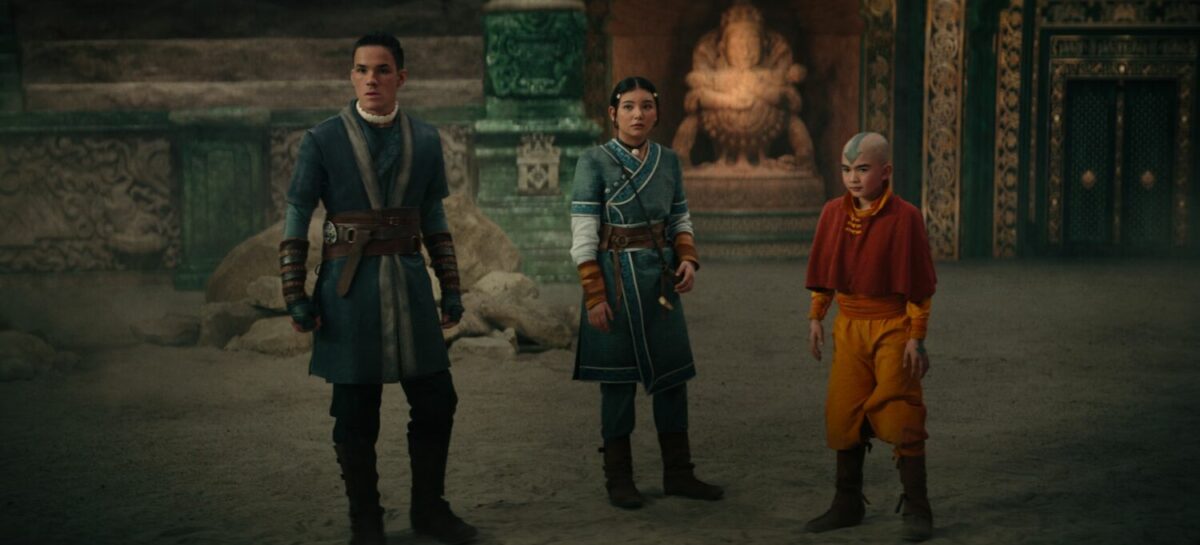
Make no mistake – the cast are a convincing fit, slipping into their roles effortlessly and oozing electric on-screen chemistry. Cormier deftly balances Aang’s vulnerability with compassion and childlike innocence, while Kiawentiio brings a softer edge to the trio. Ousley is all of Sokka’s witty charm and sarcasm bundled in; Liu walks the tightrope of angst and emotional conflict with confidence, tempered by Lee’s calm, wise presence as Iroh.
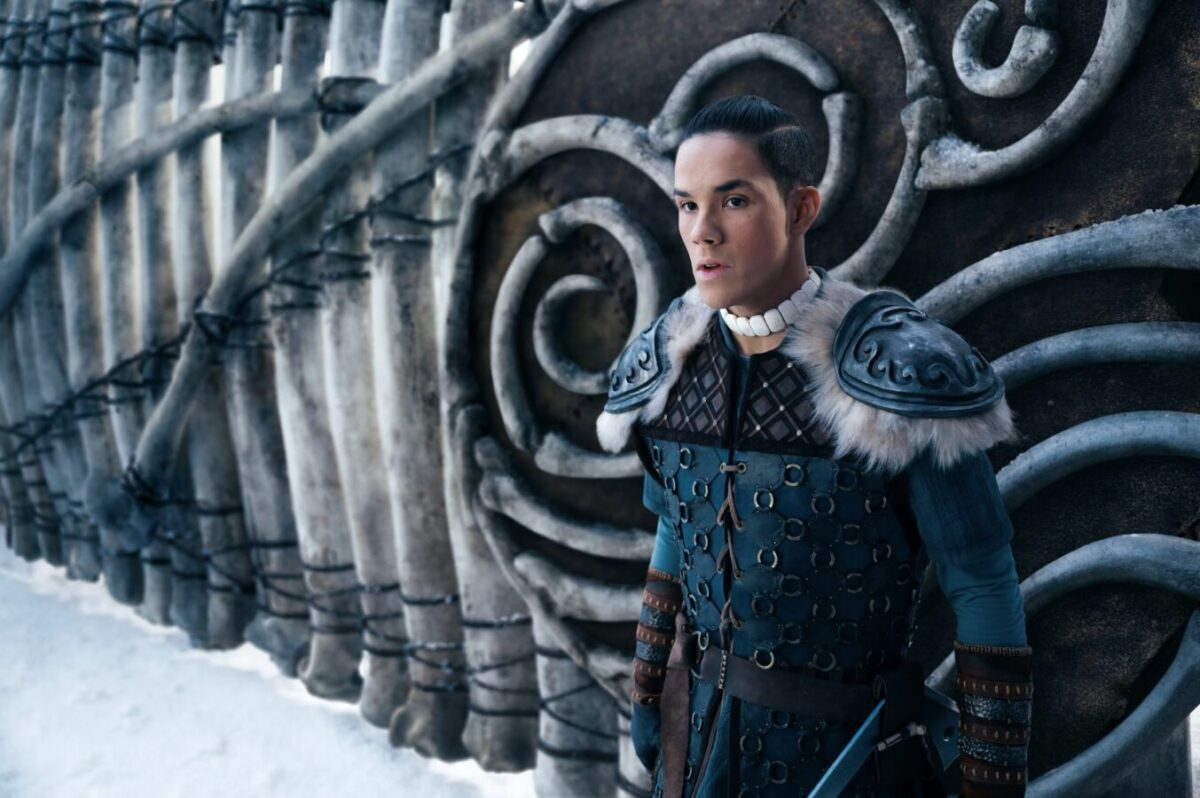
The fault instead lies in the tweaks from the original depictions, leaving little room for character growth. Sokka’s sexism, for instance, has been toned down, diminishing the significance of his evolution in the animated series. Likewise, Katara doesn’t share the same complexity, coming across as mellow without her suppressed anger for the Fire Nation. Iroh’s story retains the same beats, but falls short of tugging heartstrings with a different presentation of his past.
Aang, enjoying a deeper look into his inner psyche, gets more depth in comparison, though the thematic over-emphasis on responsibility and sacrifice tends to be a little repetitive. Fan favourite Zuko also receives his fair share of screentime, giving glimpses into a misunderstood character. It’s no ‘Zuko Alone’ episode, but does enough to make him a standout among the main cast.
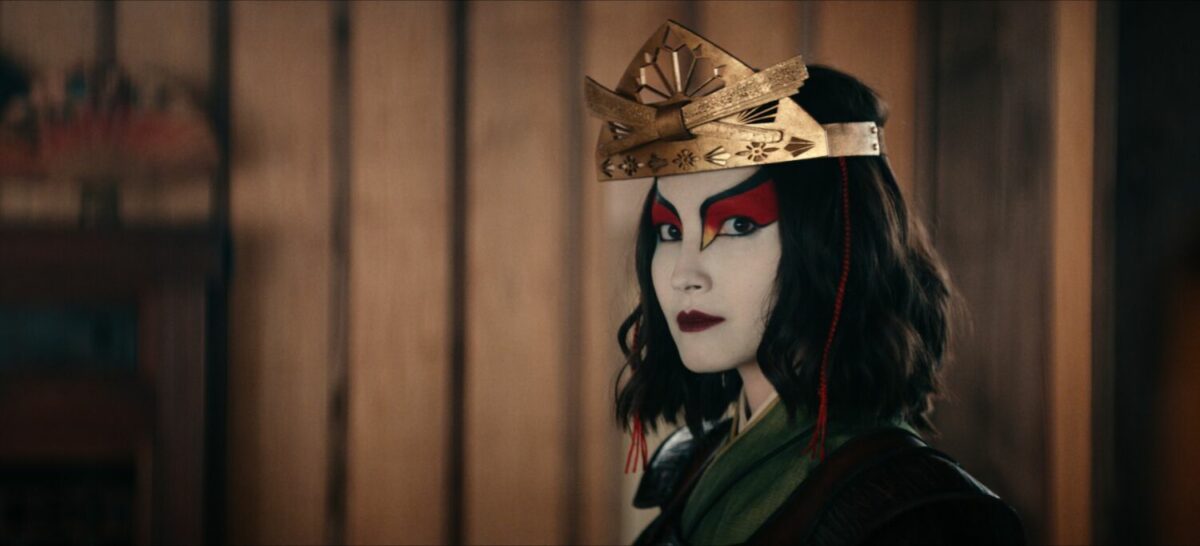
The side characters, when they appear, command presence as well. Ambudkar impresses as the quirky, zany Bumi, with Yu, Yvonne Chapman, playing Avatar Kyoshi, and Arden Cho (as bounty hunter June), coming in as scene stealers despite their limited screen time.
Notably, Toph’s absence holds the show back from fleshing out more of the characterisation. The earthbender’s hard-headed, fiery personality paints a stark contrast to the rest of the Gaang, bringing another layer of dynamism to the mix. Without the added intricacies and complications of navigating that relationship, the nuance that follows the found family trope is dulled.
The pacing is also a major contributing factor. Avatar: The Last Airbender fits a three-season series into an eight-episode format, with the longest running time being around an hour. Between the bending action, worldbuilding, and separate plot buildup, there isn’t much room to showcase the development between characters, namely Sokka and Suki’s relationship.
Yes, like last year’s Yu Yu Hakusho adaptation by Netflix, the trend seems to be aiming for a one-and-done adaptation, rather than risk adapting storylines and hoping there’s a subsequent season ala One Piece. While we’ve yet to see the final episode that could easily conclude the series, there seems to be a sense that this could be it, unless there’s an option to take some of the unused elements for a second season, should there be a positive take on this.
Of course, the reduced runtime calls for some creative liberties. While faithfulness to the source material is an important prerequisite for adaptations, there are always limitations, so new elements will have to stand in for the original. It’s all fine and dainty as long as they are well-executed, and work in the context of the world. Alas, the Netflix series stumbles in its retelling of a classic, introducing fresh additions that are often misses than hits.
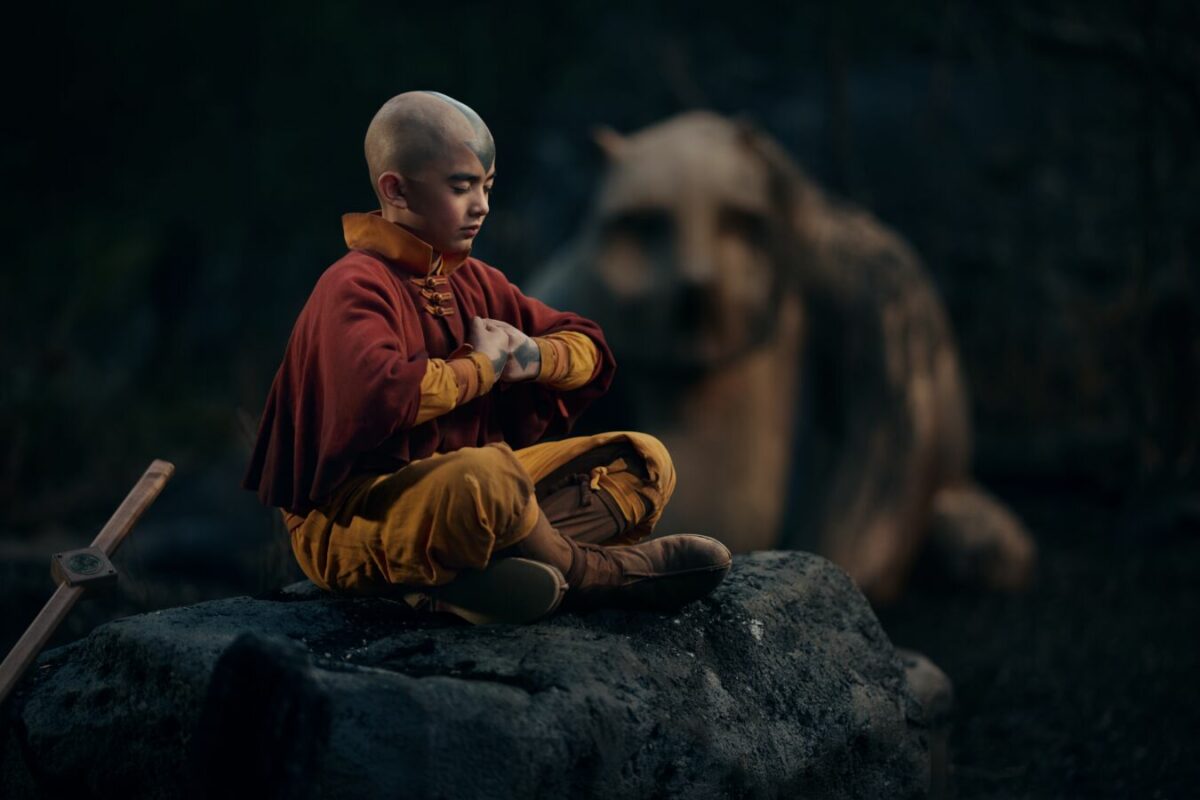
Much of that ties back to canonical elements that establish the world’s logic. Without giving away too much, this version of Aang has a different way of invoking the Avatar State that can make things unnecessarily complicated; similarly, the order of which events unfold doesn’t quite flow as naturally. The biggest gripe though, is how he never actually gets to learn the other elements along the way, making his travel exploits seem like filler.
And that’s a pity, because the set design of Avatar: The Last Airbender is easily one of its biggest draws. From the bustling city of Omashu to the Water Nation’s harsh, wintry landscapes, each environment is rooted in a distinct identity, with design elements that are accurate to those in the original. The overall architectural design is an impressive sight to behold, but more importantly, pays homage to the show’s cultural roots.

Case in point: the Southern Air Temple draws inspiration from Tibetan and Bhutanese monasteries, while Fire Nation architecture features sculptural details from Thai and Cambodian palaces. Longtime fans should keep an eye out for familiar sights, including the series of slides and chutes that make up the Omashu delivery system, and an ear for the nostalgic tunes, such as the ending credits music from the animated series.
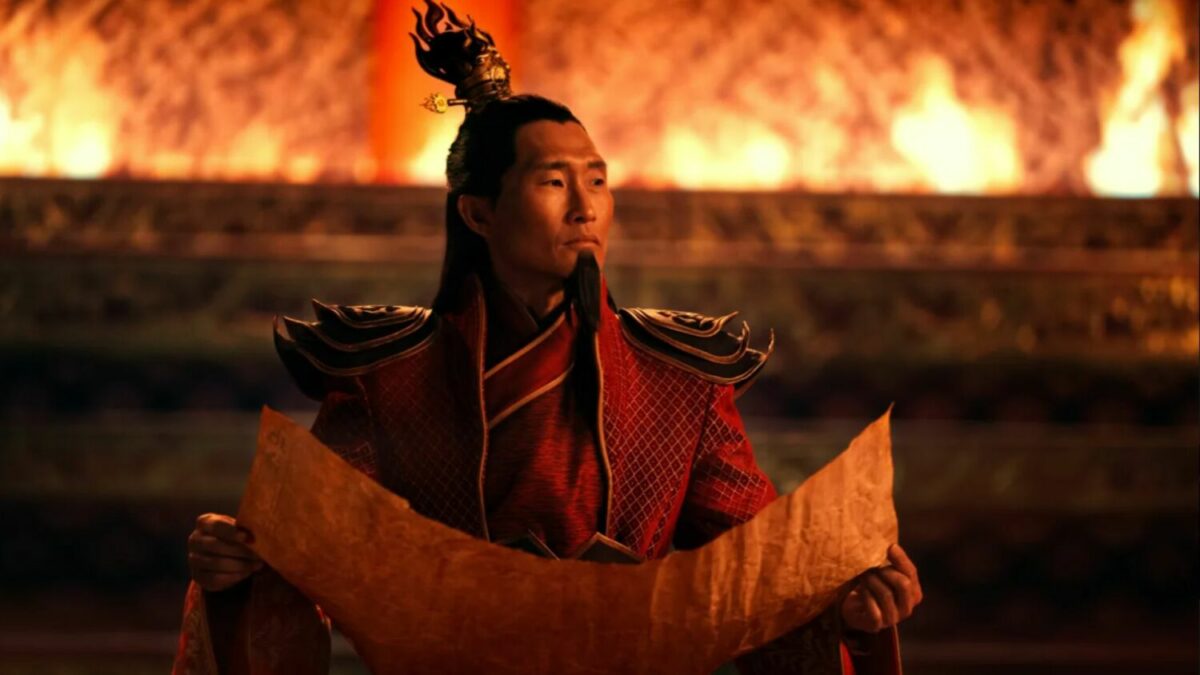
The other part of its allure lies in action, or barehanded fighting, to be more specific. Where the special effects for bending can be inconsistent, the physical exchange of blows and organic body movements often make for a clean, enthralling sight. It’s evident that much thought was put into moulding each craft to fit their respective martial art influences.
Through the lens of a live-action adaptation, Avatar: The Last Airbender doesn’t quite accomplish what it sets out to do. It leaves out the emotional and thematic nuances of the original, introducing new narrative elements that don’t take well to established lore and worldbuilding. As a standalone, however, it does have a place in the fantasy genre, and serves as a good starting point for newcomers to get into the animated classic and its expanding universe.
It’s unfortunate that the show has to bear the weight of its legacy, because there are genuinely exciting elements that make it an enjoyable watch. Between the action spectacle and set design prowess, one can’t help but wonder how high it would fly if it had reached its full potential.
GEEK REVIEW SCORE
Summary
Netflix’s Avatar: The Last Airbender tries its best to live right by its animated counterpart, but lacks the charm and personality to truly soar high.
Overall
6.3/10-
Story - 6/10
6/10
-
Direction - 6.5/10
6.5/10
-
Characterisation - 6.5/10
6.5/10
-
Geek Satisfaction - 6/10
6/10

